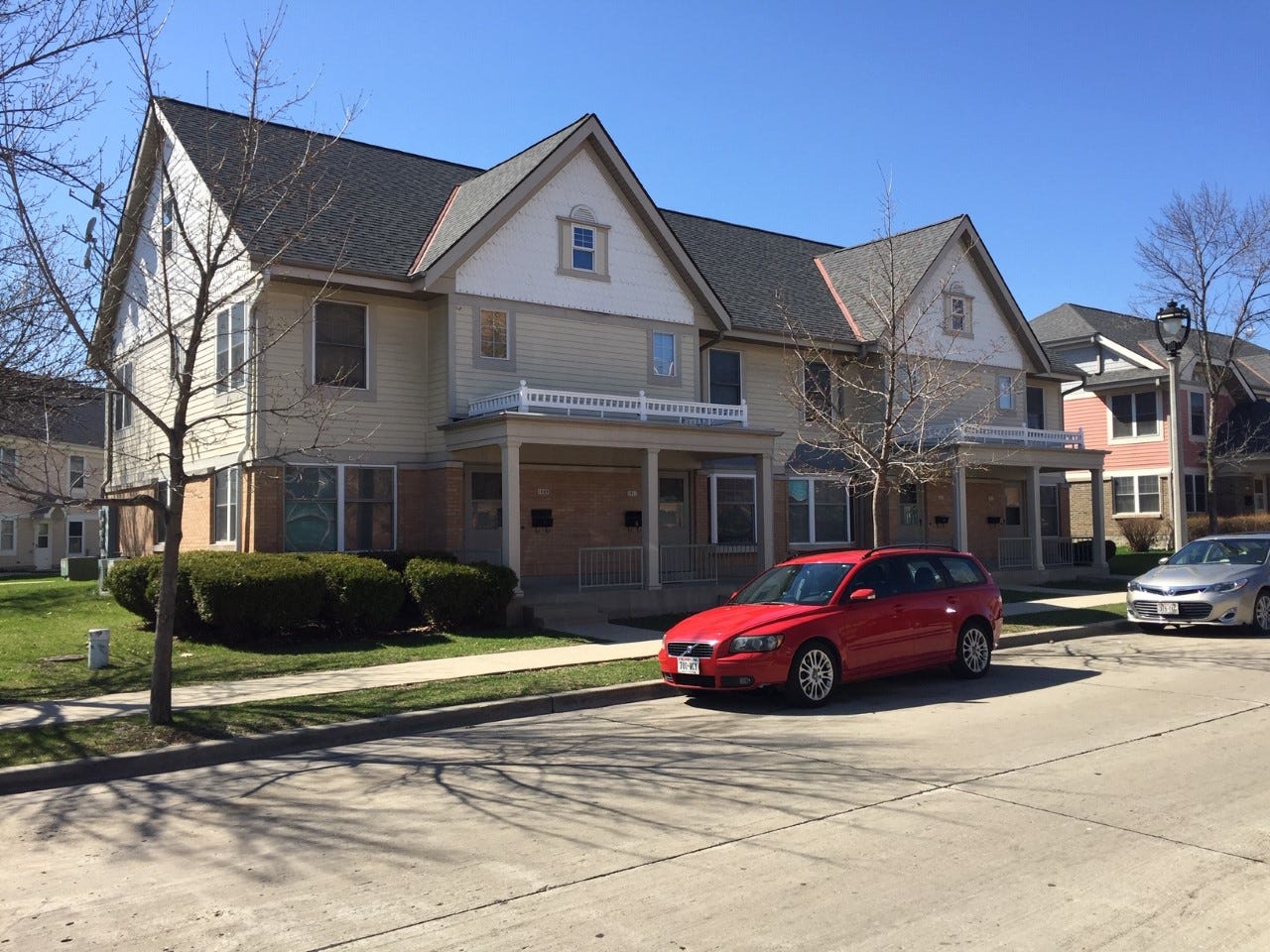
Who are Milwaukee's top evictors?
It's a tricky question to answer.
Property owners are often able to shield their identities and spread their holdings across multiple limited liability companies, or LLCs, making it hard to know precisely how many properties a landlord owns.
Housing researchers, such as former Medical College of Wisconsin data analyst Branden DuPont, have attempted to pull back the veil.
DuPont, creator of the Track Milwaukee Evictions project, used a nationally-recognized methodology to identify landlord portfolios. In collaboration with Marquette University Law School researcher John Johnson, they combined property ownership data from the city as well as real estate and corporate ownership records from the state to identify networks of related companies, then matched those networks to Milwaukee County eviction data.
Here's the list of Milwaukee's 25 biggest landlords and researchers' best estimates of how frequently they sue to evict tenants, plus some comparisons of a few well-known groups.

Berrada Properties
Berrada Properties, Milwaukee's largest landlord group, is widely known as the city's top evictor in raw numbers.
The Berrada group filed more than 6,700 evictions from 2016 to 2020, according to DuPont, with an estimated annual eviction filing rate of almost 40%.
That means Berrada files an average of four evictions for every 10 units it owns each year. That's the second-biggest eviction filing rate among large landlords in the city.
The company is currently facing a lawsuit from the Wisconsin Department of Justice for its aggressive eviction practices and treatment of tenants.

Anchor Properties

Before Anchor Properties group closed in 2022, it was the most frequent evictor in the city amongst large landlords, with an estimated annual eviction filing rate of more than 90%, DuPont found.
That means the Anchor group filed an average of nine evictions for every 10 units it owns each year — more than twice the rate of Berrada.
Before the Journal Sentinel's investigation into Anchor, few city officials or housing advocates were aware of the scope of the company, whose roughly 400 properties — heavily concentrated in low-income Black neighborhoods — were spread across at least 20 LLCs.


Katz Properties
Compare the estimated eviction rates of the Anchor and Berrada groups to Bayside-based Katz Properties group, which controls an estimated 1,700 units across the city, spread across roughly 40 different companies. Many of the company's buildings are located in the neighborhoods surrounding the University of Wisconsin-Milwaukee area and many of its tenants are college students.
Katz has an estimated annual eviction filing rate of just 4%, according to DuPont.

Housing Authority of the City of Milwaukee

The Milwaukee Housing Authority provides low-cost housing for families, seniors and disabled adults. Renters in Housing Authority apartments usually pay around 30% of their household's monthly income for rent and utilities.
It is useful to compare the eviction rates between the housing authority and large private landlords who also serve low-income renters, according to DuPont. Both groups cater to similar communities, but the housing authority's eviction filing rate is often several times lower.
DuPont believes that expanding public affordable housing could prevent more evictions.

Transparency key to tracking eviction rates
Without more transparency, it will be difficult for researchers and officials to continue to accurately track who Milwaukee’s top evictors are, according to DuPont, who said such research is both time-consuming and expensive.
To improve the accuracy of eviction rate estimates, Wisconsin’s Legislature would have to change the law to allow cities to require that landlords disclose ownership information, he said.
A few states are attempting to do just that. In California and New York, legislation is pending to require public disclosure of beneficial ownership of LLCs.
But initiatives like these are few and far between.
"Cities across the country don't know who their top evictors are," DuPont said. "And we will continue to be in situations where we have actors that are engaging in very questionable behavior without any sort of real accountability unless there's strong transparency laws that pass."